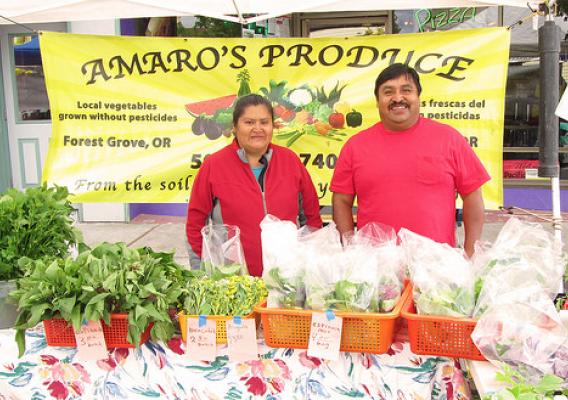July is the height of summer grilling season, and throughout the month USDA is highlighting changes made to the U.S. food safety system over the course of this Administration. For an interactive look at USDA’s work to ensure your food is safe, visit the USDA Results project on Medium.com and read Chapter Seven: Safer Food and Greater Consumer Confidence.
Keeping the food on America’s tables safe to eat is a major priority at USDA, where we are constantly working to find innovative ways to stay a step ahead of bacteria and other dangerous contaminants that can cause illness. Thanks in part to a grant from USDA’s National Institute of Food and Agriculture (NIFA), a research team led by Dr. Bryan Chin, director of the Auburn University Detection and Food Safety Center, has developed a cheap, portable and easy-to-use new screening tool to test fresh fruits and vegetables for the presence of bacteria that can cause foodborne illnesses.
Currently available screening methods for produce can be costly in terms of time, equipment, and expertise. The multidisciplinary research team of engineers, microbiologists, and genomicists based at Auburn University and the University of Georgia wanted to create a new method that could be used more broadly.










